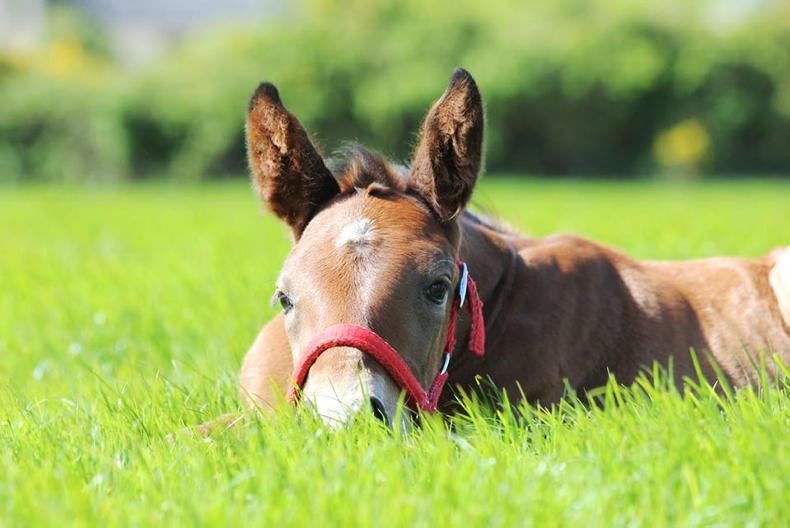WHAT exactly is horsemanship? Does it require a cowboy hat? Chaps? Manically waving about a carrot stick or a flag? Rope wiggling?! And why do people stand and just stare at their horses all the time?!
This content is copyright protected!
However, if you would like to share the information in this article, you may use the headline, summary and link below:
Title: Horsemanship. No Cowboy Hat Required! (Unless you really want to!)
Kimberly Dunn of Idyllwild Horsemanship and Mindset Coaching explores the art of horsemanship and how to better understand our horses and ourselves
https://www.theirishfield.ie/horsemanship-no-cowboy-hat-required-unless-you-really-want-to-770154



 This is a subscriber-only article
This is a subscriber-only article
 It looks like you're browsing in private mode
It looks like you're browsing in private mode










SHARING OPTIONS: